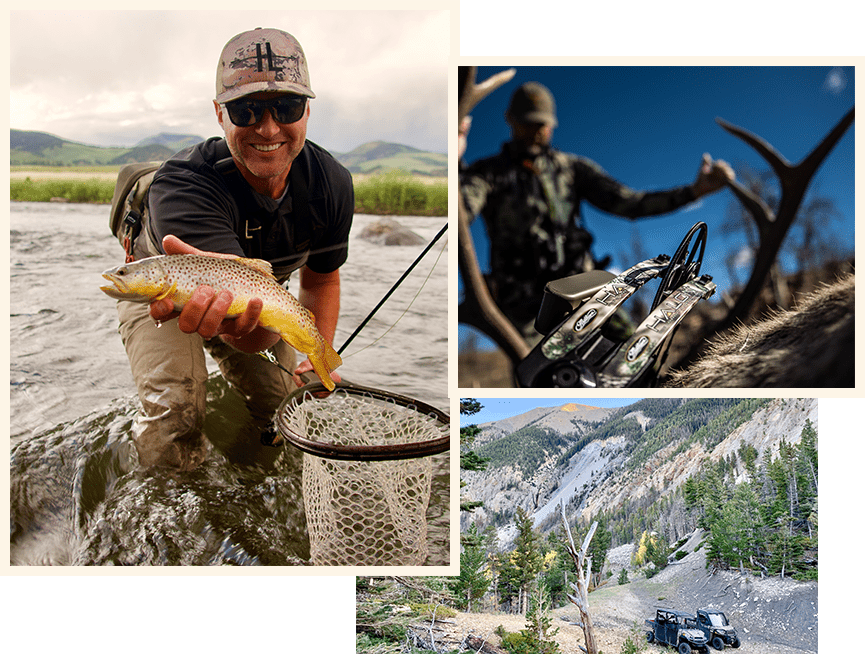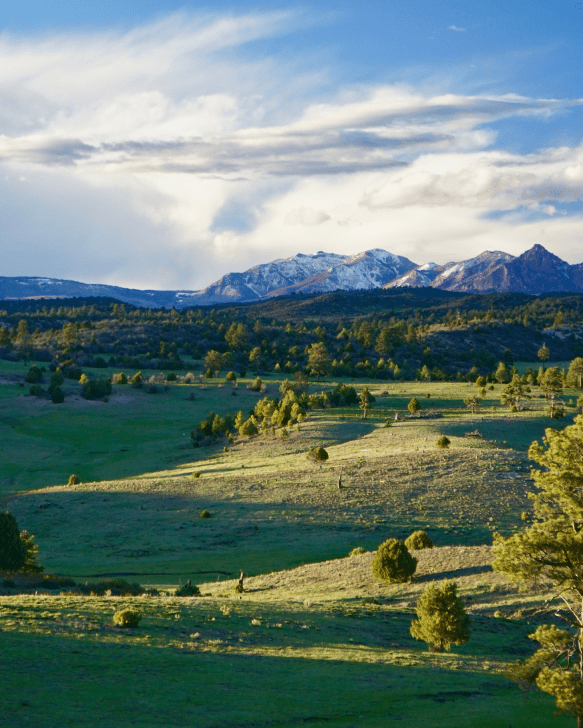It’s archery season, and one of the hardest questions to answer out in the elk woods is whether or not to call in a bull. On one hand, your call could work, and he could come your way and increase your chances at a good shot. Or, he could catch on what you’re doing and move away, ruining your chances at getting any closer.
Some master hunters say you should always call. It works more often than you think, and when calling does work, it makes your shot much easier. However, others say avoid it at all cost and don’t make a sound. Stalk quietly, stay downwind, and don’t let the bull know you’re in the area until it’s too late.
Ultimately, there are several factors to consider when deciding whether or not to call in a bull, so we’ve put together some tips to help guide you through that decision making process.
Consider Your Hunting Cover
If you are hunting in a spot with heavy cover, and there is a high risk of making a lot of noise while stalking, calling may be a good option for you. In thick woods, elk will rely less on their eyesight and more on the calls they hear. However, keep in mind that the wind is not your friend. As the elk move closer, they will also rely much more heavily on their nose, so stay downwind at all times.
Another factor to consider is your shooting lanes. If you can, call from a spot with clear shooting lanes so when the bull moves closer, you won’t have to risk moving and making noise in order to have a good shot.
Consider Your Timeline
Elk are intelligent creatures, and if you’re out hunting in the last few weeks of archery season, odds are the elk have already caught on to the calling tactic, and they are much less likely to fall for it. After about the second or third week of archery season, hunting pressure has probably deterred any chance you have of lurring a bull in with a call. If you want to practice your calling skills, stick to the first two weeks of archery season.
Consider Behavior
During the rut, bulls are trying to keep their herd of cows together, establish their dominance, and fend off other interested bulls. This makes them much more susceptible to calling. When they hear your call, a fired-up, aggressive bull’s first instinct will be to seek out this “bull” in his area and prove his dominance. Take advantage of a jealous, agitated bull when you can, because you are more likely to see success with a call than any other opportunity.
Consider Your Location
When it comes to archery hunting, the closer you can get to a bull without them knowing you’re there, the better. Before you make a call, take one last opportunity to get a little closer. You may find that you can move close enough without having to make a single noise. Again, you need to consider the wind direction. Other things to keep in mind are the direction the herd is moving, other animals on the elk hunting property, and the terrain that is between you and the bull.
Consider A Hunting Partner
Just like a well-placed police speed trap on a highway, a strategically placed hunting partner can make a huge difference when calling in bulls. If it’s late in the season, you and your partner can use the bull’s skepticism towards calls to your advantage. One hunter can be ready and waiting in the opposite direction of the partner doing the calling. This way, if the bull catches on to your call, you or your partner could catch them trying to move the other direction.


